Measuring cups are not accurate
khandi
16 years ago
Featured Answer
Comments (50)
grainlady_ks
16 years agolast modified: 9 years agotriciae
16 years agolast modified: 9 years agoRelated Discussions
What's the most accurate way to measure soil pH
Comments (51)I'm a grad school trained Biochemist w Botany (physiology) minor. Mostly worked with mycology lignocellose biodegraders and bioremediation R&D, including some work with biodegradable plastics. Worked quite a bit with shiitake mushroom cultivation and enzymes and biological pulping of wood too. My passion since 12 yr old was growing plants. Mostly indoor orchids. Over last 16 yrs worked to get outdoor gardens at home lush enough to make them feel lush and maybe a little tropical. We live on a circle, which limits the front yard size. These are a couple photos of the front yard design going in last summer. With so many deciduous bushes there I have a lot of spring bulbs. Crocus, Hyacinth (50!), small yellow and large Mt Hood daffodil, Poet's Narcissis, Muscaria. Along the other side of the walkway are highly fragrant Sarcococca coning into bloom now. In summer the hydrangea will fill on and just touch eack other. The tree rose at 5' now is a nearly thornless 'Zephirine Drouhin'. An heirloom of that's still popular, it's a quintessential 'Old Bourbon' fragrance class rose. It runs 20 - 30'. So, I'm going to run it up the front house corner and also over the front porch. Late fall 2016 plant design staging in the back yard. Much installed just before first freeze. Japanese Iris Bog is behind the canna on right. Yes, this is the same area above with Canna 'Tropicanna'. On left of walkway are rainbow of German Bearded Iris (not in bog) and modern warm colored Echinacea and Red Hot Poker varieties. Japanee Iris, Peruvian Daffodil and Colocasia 'Diamond Head' stage for planting. Now much is planted. This is the Japanese Iris Bog (connected to Giant Gunnera bog water pit, but not the fidh pond). Late season with cold nights just before frost makes it look rundown. Some of the varieties installed here are below. They are sorted in the yard by increasing height but are random by color. The goal is a mind boggling changing landscape of color. There a other places in the yard with banks of color, such as a fragrant moongarden, where my wife likes to hammock bask in the summer evenings. There's some nocturnal fragrance magicians there such as Brugmansia 'Little Angel, Nicotiana 'Fragrant Cloud, Night Phox 'Midnight Candy', 4 O'clocks and Evening Stock. As you walk there or the wind changes direction, one detects new scents. During the day the Echinacea and Oriental Lilies are quite fragrant too across the yard. Then we have Hydrangea with cool blue, white, purple, pink and red colors all around the yard and gazebo edges. Lacking warm yellows and oranges, they contrast with the perennials....See MoreDispensing Distilled White Vinegar
Comments (3)If anyone figures out where to buy a 3 oz one (and just one of them) let me know. I was able to find 1/4 oz thru 2 oz ones (singularly) at http://gourmetpour.com/order_page.htm (see link below). However, they don't have the 3 ounce and they seem to be kind of pricey since you can buy 12 of them on the website mentioned above for around $20 or so. This website (below) has them at $8.50 each Here is a link that might be useful: http://gourmetpour.com/order_page.htm...See MoreMayonnaise Measuring Cup Anyone?
Comments (13)I've tried it and haven't loved it. When I used it for sticky but liquid items like honey, once it was filled the stuff would sometimes slosh out when lifting it from where I had filled it on the counter into the mixing bowl and then as I started tipping it over some might also drip down the side before I got it upside down. It might be nice for semi-solid stuff like peanut butter or shortening but I don't measure those often enough by volume for it to matter. Sometimes for shortening, I'll use the water displacement method in a measuring cup - if you need 1/3 of a cup of shortening, you put 2/3 of a cup of water in the cup and then put lumps of shortening in until the water level gets up to about a cup. That works particularly nicely when you needed the liquid in the recipe anyway. More and more, I've been figuring out what a cup of something is by weight. Put the bowl on the scale, tare it out and add the ingredient. No packing, no scraping. Depending on what I'm making, I sometimes use Annie's method too....See MoreAccurate measurements in recipes...
Comments (19)Love the cartoon! Today, I captured my niece, and got her protein healthy cookie recipe. She was taught to bake by look and feel, a little of this, some of that. Her DH is on the road a lot, and she didn't want him to eat just a bunch of junk food. She took a basic chocolate chip cookie recipe (still using her some of this and a little of that), and then added protein powder, dried fruit, sometimes chocolate chips, sometimes not, peanut butter. She actually tried to measure for me! I took my kitchen scale so we got a good approximate measurement. I still need to re write it. They figured it out that 3 cookies is actually a full meal! I cook with some of this, and a bit of that, but never bake that way. This same niece is the one who finally took the frustration out of making the candy cane Christmas cookies. And all I needed to do was add one egg white! And that egg white was not in my recipe. Steph has made them for years with her grandmother, and all she had to do last year was take one look at my dough. Once we added the egg white, they rolled beautifully! Mom always hated making them because they were so crumbly and fragile. I loved the cookies, but hated making them for the same reason. I will be making some again this year, and do it with out the frustration!...See Morechangeling
16 years agolast modified: 9 years agofenworth
16 years agolast modified: 9 years agokhandi
16 years agolast modified: 9 years agochangeling
16 years agolast modified: 9 years agosteelmagnolia2007
16 years agolast modified: 9 years agograinlady_ks
16 years agolast modified: 9 years agokhandi
16 years agolast modified: 9 years agoDaisyduckworth
16 years agolast modified: 9 years agofenworth
16 years agolast modified: 9 years agokhandi
16 years agolast modified: 9 years agoannie1992
16 years agolast modified: 9 years agoTerrapots
16 years agolast modified: 9 years agofenworth
16 years agolast modified: 9 years agochase_gw
16 years agolast modified: 9 years agograinlady_ks
16 years agolast modified: 9 years agofenworth
16 years agolast modified: 9 years agochase_gw
16 years agolast modified: 9 years agomarys1000
16 years agolast modified: 9 years agofenworth
16 years agolast modified: 9 years agomarys1000
16 years agolast modified: 9 years agotriciae
16 years agolast modified: 9 years agochase_gw
16 years agolast modified: 9 years agoannie1992
16 years agolast modified: 9 years agofenworth
16 years agolast modified: 9 years agoann_t
16 years agolast modified: 9 years agokhandi
16 years agolast modified: 9 years agoann_t
16 years agolast modified: 9 years agosheesh
16 years agolast modified: 9 years agoCloud Swift
16 years agolast modified: 9 years agokhandi
16 years agolast modified: 9 years agoCloud Swift
16 years agolast modified: 9 years agobeanthere_dunthat
16 years agolast modified: 9 years agokhandi
16 years agolast modified: 9 years agosheesh
16 years agolast modified: 9 years agoannie1992
16 years agolast modified: 9 years agofenworth
16 years agolast modified: 9 years agolivingthedream
16 years agolast modified: 9 years agobelinda5197
4 years agobelinda5197
4 years agofoodonastump
4 years agofoodonastump
4 years agobragu_DSM 5
4 years agolast modified: 4 years agoyeonassky
4 years agolast modified: 4 years agoLouiseab
4 years agosheesh
4 years agosheesh
4 years agolast modified: 4 years agofoodonastump
4 years ago
Related Stories
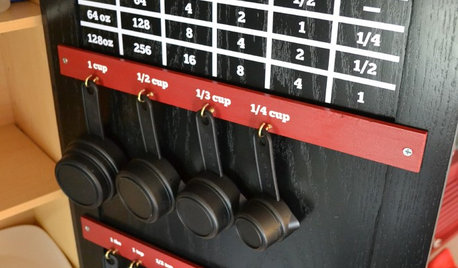
KITCHEN DESIGNUltimate Storage Solution for Your Measuring Cups
Tired of losing your measuring cups and spoons? This DIY kitchen-organizing trick will keep them all right at hand
Full Story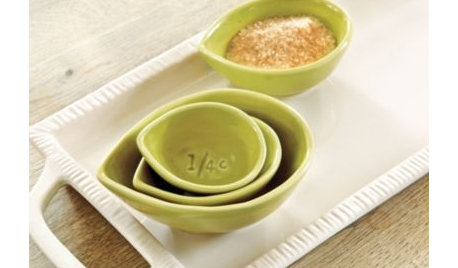
PRODUCT PICKSGuest Picks: Kitchen Measuring Tools That Measure Up
Add a pinch of fun to your baking with measuring spoons and cups that are filled to the brim with personality
Full Story0
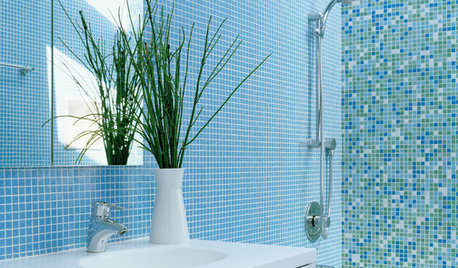
BATHROOM DESIGNMeasures of Remodel Success: Bathrooms by the Numbers
Count on a beautifully laid out bathroom when you factor in these measurements, costs and more
Full Story
BATHROOM DESIGNKey Measurements to Help You Design a Powder Room
Clearances, codes and coordination are critical in small spaces such as a powder room. Here’s what you should know
Full Story
BATHROOM DESIGNKey Measurements to Make the Most of Your Bathroom
Fit everything comfortably in a small or medium-size bath by knowing standard dimensions for fixtures and clearances
Full Story
REMODELING GUIDESKey Measurements for a Heavenly Stairway
Learn what heights, widths and configurations make stairs the most functional and comfortable to use
Full Story
STANDARD MEASUREMENTSThe Right Dimensions for Your Porch
Depth, width, proportion and detailing all contribute to the comfort and functionality of this transitional space
Full Story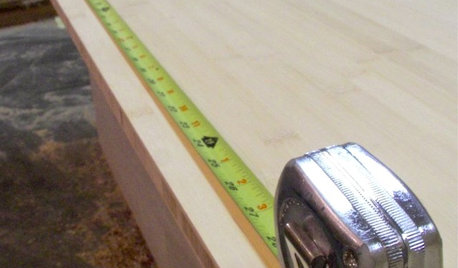
WOODWORKING7 Must-Have Measuring Tools for Woodworking
Whether you're a newbie DIYer or building cabinets from scratch, using the right woodshop tools makes all the difference
Full Story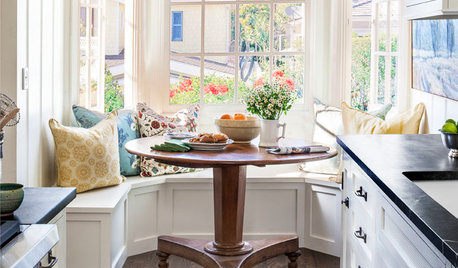
SMALL HOMESHouzz Tour: A Beach Cottage Gets Its Vibe Back
Historically accurate details restore the 1940s charm of a Laguna Beach home
Full Story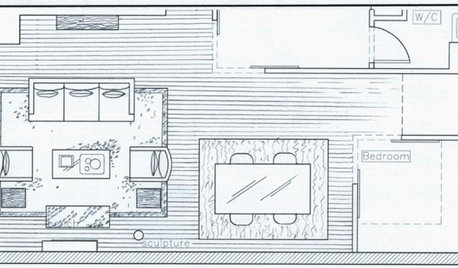
DECORATING GUIDES9 Planning Musts Before You Start a Makeover
Don’t buy even a single chair without measuring and mapping, and you’ll be sitting pretty when your new room is done
Full Story


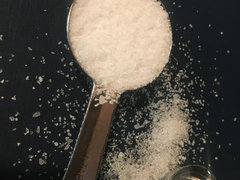
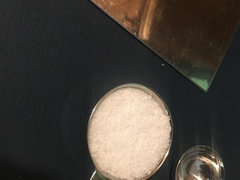
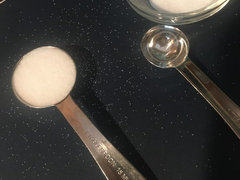
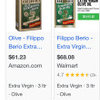

lowspark